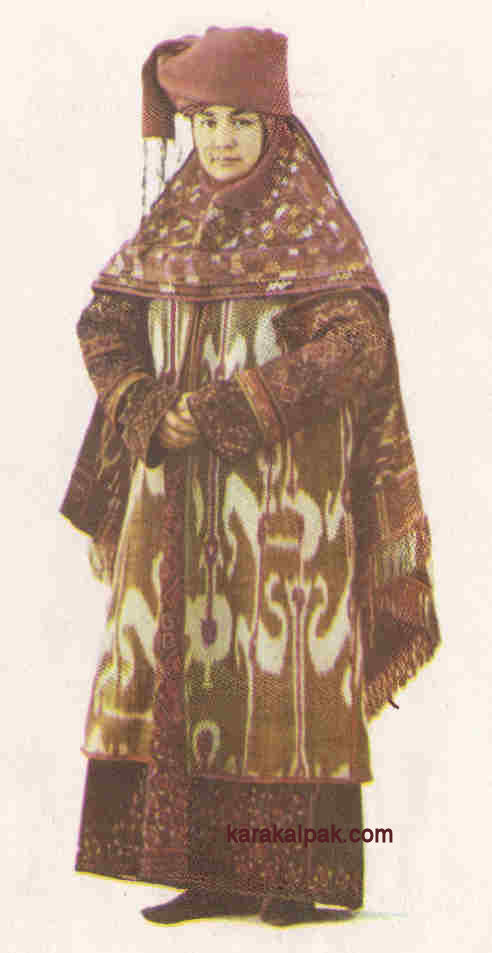
It’s a surprise to no one when we blow a tire on the drive from Nukus to Khiva. We’re in a share taxi after a long day driving off road in the desert near the Aral Sea and our driver has been driving primarily in the oncoming lane at far too high speeds given the condition of the road.
We laugh (what else to do?) and figuratively kick the tires.
It’s not a comfort to see zero tread and sizable cracks in each of the other
(as yet) intact tires. We point these out to the driver; he shrugs unconcerned
and, blown tire replaced, we tear off at the same speed as before.
We’re driving at dusk, past donkey carts loaded with green
hay, past solitary women waiting on the side of the road to hail a ride, and we
drive past rivers, lifebloods in this arid climate. At each river without fail
I see boys and men, young and old, swimming, bathing, and splashing about. In
the oppressive heat that lingers well into the evening, it’s easy to imagine
this as the joyful end to a long, hot day.
 |
| Khiva at night |
 |
| Khiva at dusk |
As we near Khiva and neighboring Urgench, the landscape
changes from agrarian with small, one-room baked mud huts to rows of
suburb-like new houses and broad, smoothly paved avenues.
Khiva itself is something from Disney’s Epcot—all baked mud
traditional buildings, the inner city surrounded entirely by formidable
turreted fortress walls. And every few hundred meters the small tan buildings
are peppered with cerulean and azure tiled minarets or square-shaped madrassas,
lined with classrooms and centred with trees and garden-filled courtyards.
We’d read that some people find the extensive restoration
and the spotlessly clean inner city of Khiva bland and overly manufactured. And
I might have agreed, except that our visit coincided with the Khiva Dance
Festival.
 |
| The unfinished minaret in the middle of the old city |
As such, the small city was flooded with local tourists and
singers and dancers from all over Uzbekistan. Like us, many of them were seeing
Khiva for the first time, photographing the preserved buildings and poking
their heads into myriad little museums.
On our first morning, we entered the inner city to the
singing and dancing of two different brightly dressed troupes, many of whom
seemed lost in the music they were singing and caught up in the frenzy of their
own joyful dancing. We found ourselves outnumbered by Uzbek tourists, holding
up their smartphones to record the dancing around them. Many of them came from
small towns or provinces and seemed as interested in us and they were in the
sights around them.
We happily posed for dozens and dozens of photos, though I felt
aware of shabbily I was dressed; many of the domestic tourists came dressed in
coloful finery and the dancers, decked in exuberant traditional costumes, also
asked to take photos with us. We obliged, exchanging smiles and a few shared
words of English, Uzbek, and Russian.
 |
| I take a photo of some Uzbek tourists shortly before they ask Flounder and I to join them in their group photo |
 |
| Another group of Uzbek tourists pose for photos with us |
Young students approached us, including a girl from Nukus
whose face, already bright and smiling, lit up even more when we told her where
we were from. She confided in rapid, excited English that she wanted to go to
the US to study. I sincerely hope she gets the chance, as her enthusiasm and
radiance would only benefit any place she chose to visit. We chatted for a few
more minutes and as we parted she told us a phrase we would hear many times
that day, even from Uzbeks who spoke almost no other English.
With a glowing and wide smile she said, ‘You are welcome to
Uzbekistan!’
More photos of dancers and singers at the Khiva Dance Festival:






























